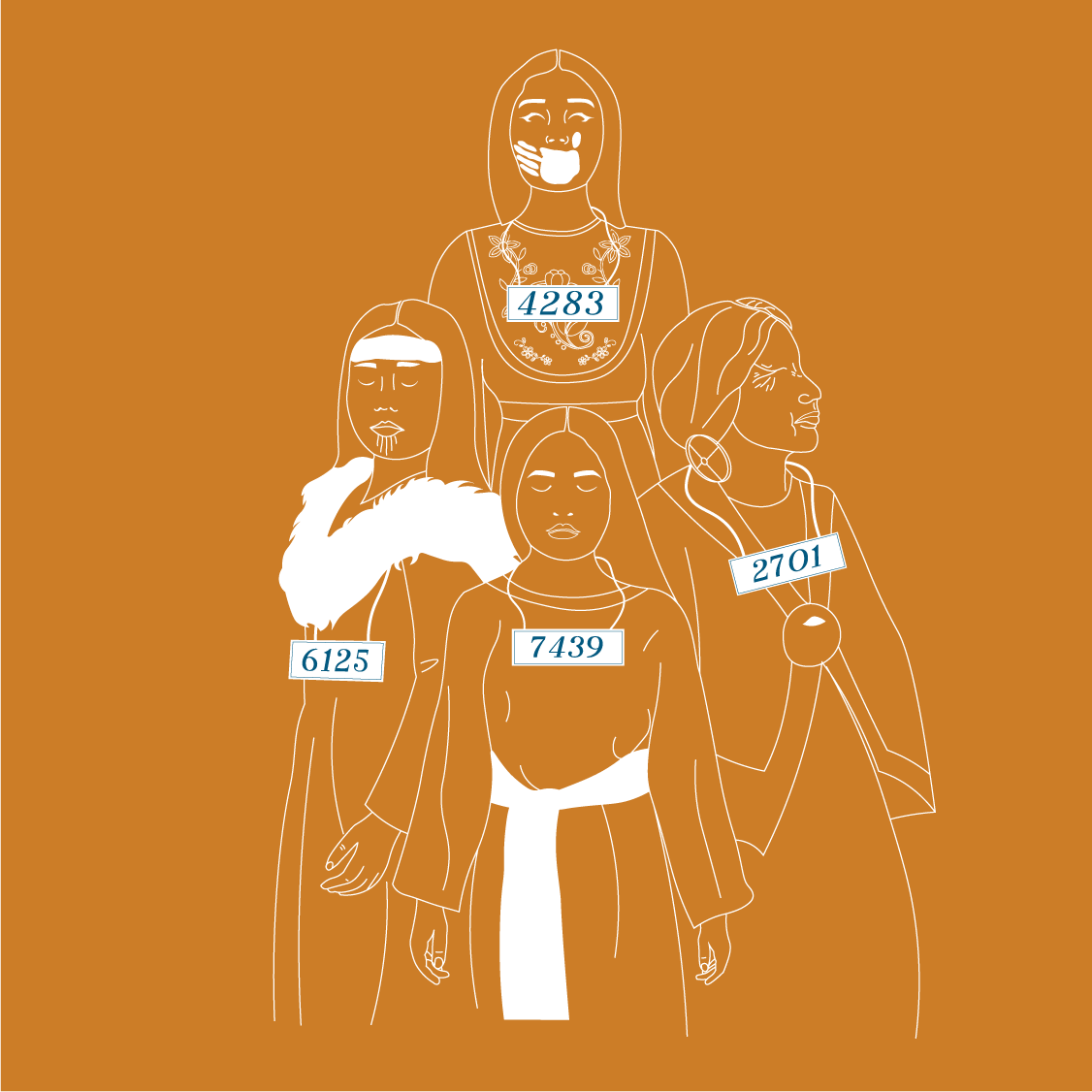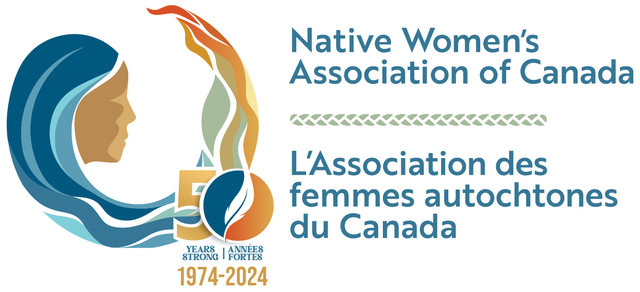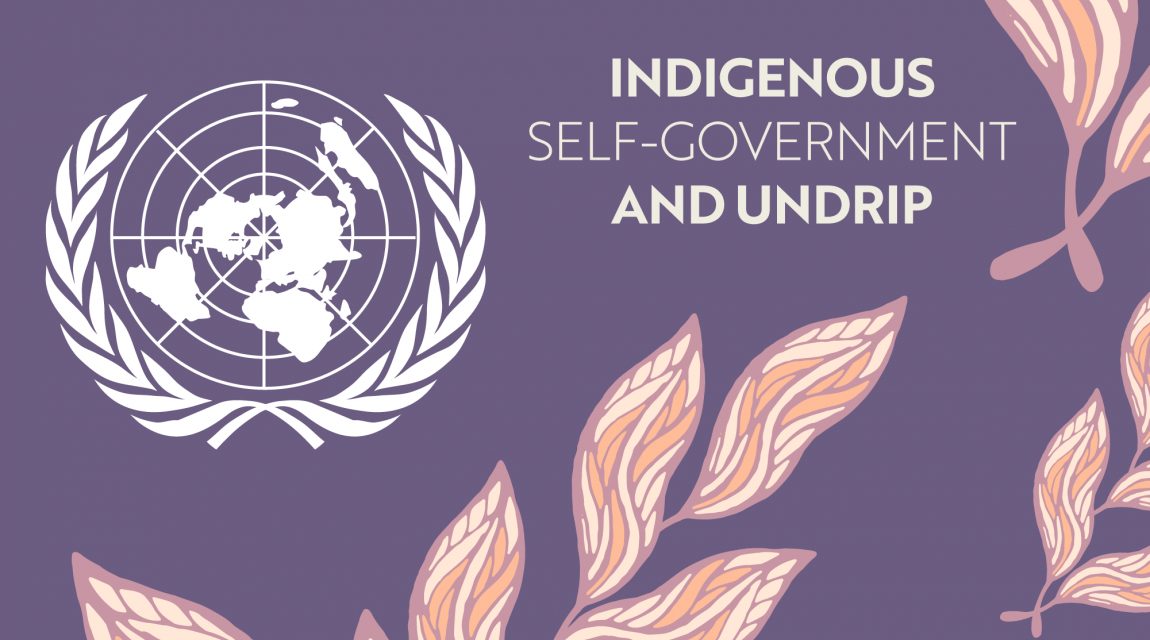On June 21, 2021, Bill C-15, An Act respecting the United Nations Declaration on the Rights of Indigenous Peoples, received Royal Assent and came into force in Canada. The Act establishes a structure for the Government of Canada and Indigenous Peoples to cooperate in implementing the Declaration through long-term reconciliation, healing, and collaborative relationships.
The UN Declaration outlines a wide range of collective and individual rights that serve as minimum requirements for upholding Indigenous Peoples’ rights and promoting their survival, dignity, and well-being.
Articles 3 and 4 of the Declaration affirm Indigenous Peoples’ right to self-government and self-determination.
Before European settlers came to the land known as Canada today, Indigenous Peoples were already in occupation of this land. They had their own systems of government, which were an expression of their socioeconomic, cultural, and spiritual differences. The settlers established partnerships with Indigenous Peoples through treaties, trade, and military alliances. But as time went on, these early partnerships broke down and were replaced by colonialism-based laws, policies, and decisions.

The Indian Act displaced Indigenous Peoples’ own governance systems when enacted in 1876. It was used to impose control on Indigenous Peoples and assert control vested in the federal Indian affairs minister.
Over the years, Indigenous advocacy efforts led to various changes to the Indian Act. Today, the self-determination of Indigenous Peoples remains foundational to rebuilding nation-to-nation relationships and the path toward self-government.
Section 35 of the Constitution Act, 1982 recognizes the right to Indigenous self-government. These rights have been clarified in the leading cases of R v Sparrow, R v Van Der Peet, and Delgamuukw v BC, among others. As of today, through the land claim process and negotiations, some Indigenous communities exercise their right to self-government.
Though Canada recognizes that Indigenous Peoples have an inherent right to self-government, under section 35 of the Constitution Act, 1982, in reality, except for communities with self-government negotiation agreements, most Indigenous communities are still governed by the Indian Act.
Implementing UNDRIP to Achieve Self-Government and Self-Determination
By assenting to Bill C-15, Canada indicated it is willing to grant Indigenous Peoples the right to self-government and self-determination. This right includes determining their own political status, pursuing their economic, social, and cultural development, granting them autonomy in matters relating to their own affairs which include their own membership, and providing the means for financing this autonomy.
The Act provides that all Canadian laws should be brought in consistency with the Declaration. This includes the Indian Act, which has been the primary legislation governing Indigenous Peoples’ affairs. When juxtaposed with UNDRIP, the Indian Act falls short of the self-government and self-determination rights recognized by the Declaration. This is especially seen when it comes to the determination of indigenous memberships and governing bodies. The membership provisions in the Indian Act have led to discrimination, exclusion from their communities, and the loss of Indigenous cultures and identities.
If the Government of Canada is truly committed to implementing UNDRIP, it cannot ignore the issue of self-government and self-determination or implement it halfway. Legislation that maintains Canada’s control over Indigenous Peoples’ governance, like the Indian Act, must be amended or repealed.

